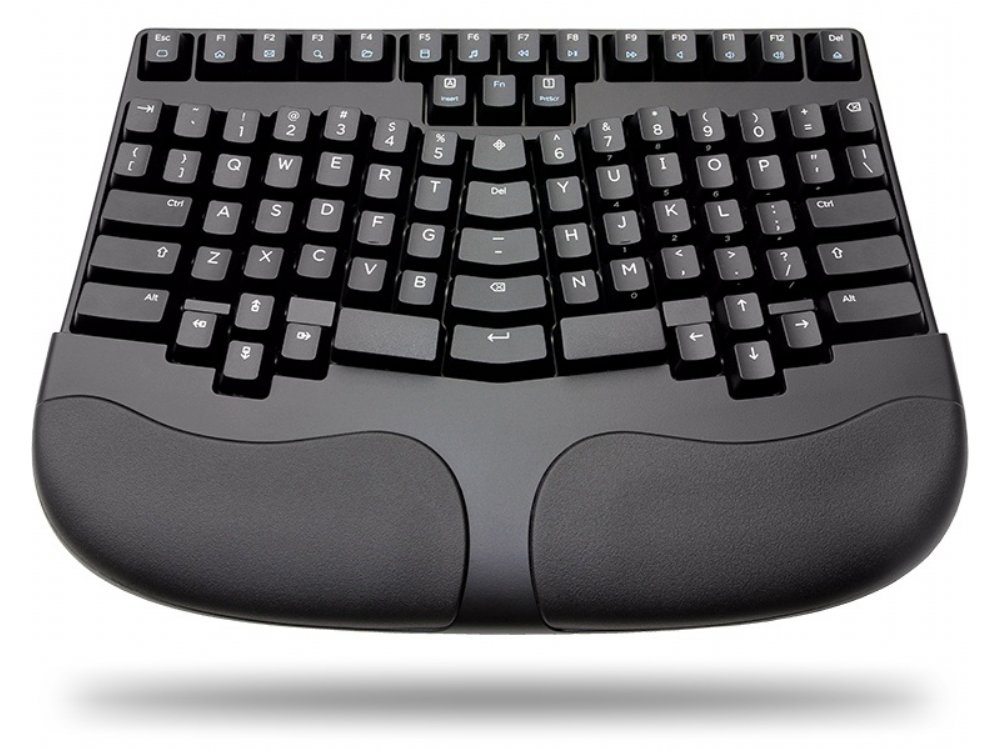



X Research source Use Tab to switch between sections, and the arrow keys to move up, down, left, and right.Įnable the feature that lets you easily toggle Mouse Keys on and off. App preferences: Press Command +, to open the preferences for the active app.If you don't see a Finder window when you select Finder, press Command + N to open one now.Continue holding down Command as you press Tab repeatedly to cycle through the app list until you reach Finder. Finder: To open Finder, press and hold Command + Tab to see all open apps.Dock: To get to the Dock without a mouse, press Control + F3 (or Fn + Control + F3), then use the arrow keys to navigate.You may need to hold down Fn as you press Control + F2 for this to work.Menu bar: To select something from the menu at the top of the screen, press Control + F2 to activate the menu bar, then use the arrow keys to move through the menus and sub-menus.But first, if you can't use your mouse, you can make the selection with your keyboard. You can easily left click using your Mac's keyboard without any special setup. I like to keep things simple and stick to the defaults as much as possible (as much as I would love to customize the hell out of things, sadly I don't have that kind of time nowadays) and after distro-hopping for a while, I was happy to use stock Ubuntu.Select the item you want to click. I stuck to the non-LTS release starting from 19.04 and then upgraded to 19.10, but all this while one thing that bothered me a lot was the amount of RAM being consumed by the Gnome Window Manager. It's always fine after a fresh start or reboot at the beginning of the day with around 500-600 MB of usage but by sunset, my usage generally climbs upwards of 1.1 GB.
#MOUSELESS NAVIGATION ANDROID#
On a 16 GB that's a huge amount especially when my Android IDE, Emulator, Browser and 5 other things are all fighting each other for the already vanishing sweet piece of RAM pie. And also there is this nagging feeling as a developer that there has to be some sort of a memory leak somewhere, because of which this process keeps increasing in size every few hours. At one point I was considering buying more RAM for my laptop just because this was becoming a daily nuisance for me. I then started to look for a lightweight Window Managers (WM's) to replace Gnome with something more stable and easy on the memory. There are a lot of excellent options like XFCE and some others, but all of them seemed very outdated in terms of their underlying technology for 2020 (though being more stable at the same time, from what people shared on forums).Ī good friend of mine (and a huge Linux advocate) had suggested me to try out i3wm (a Tiling WM - more on that later) some time back and I quickly dismissed that option at that time because I wasn't convinced about having a keyboard-driven WM.
#MOUSELESS NAVIGATION UPDATE#
#Mouseless navigation updateīut this time around I gave it a more serious look as I was pretty pissed at Gnome and couldn't wait for the Ubuntu 20.04 update to land. While giving i3wm a more dedicated research time I found Regolith Linux, which instead of creating a new DE (Desktop Environment) chose to create a collection of open source components bundled in a way to make transition and usage of i3wm easier. Looking at there Github Page, its just a meta package which just holds the issue tracker and release files.


 0 kommentar(er)
0 kommentar(er)
